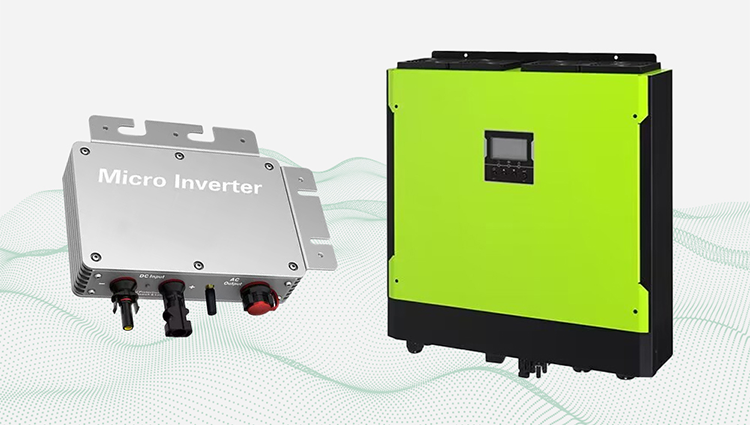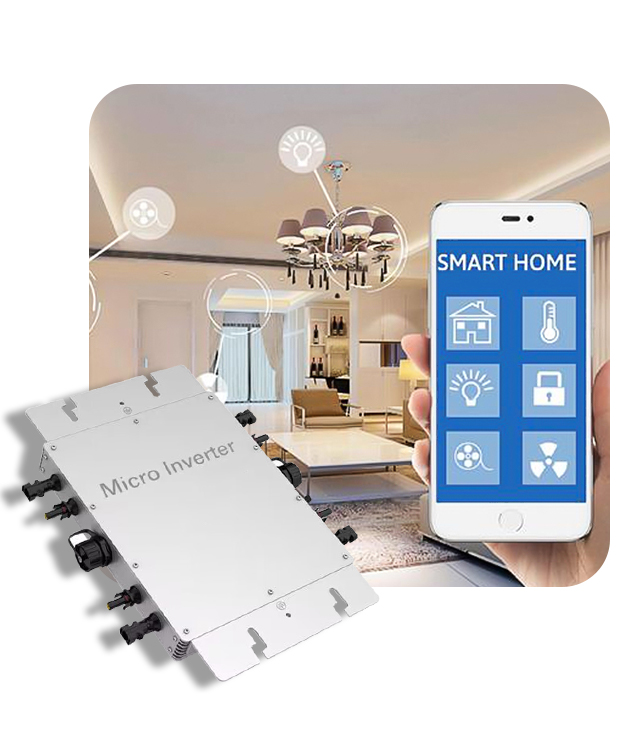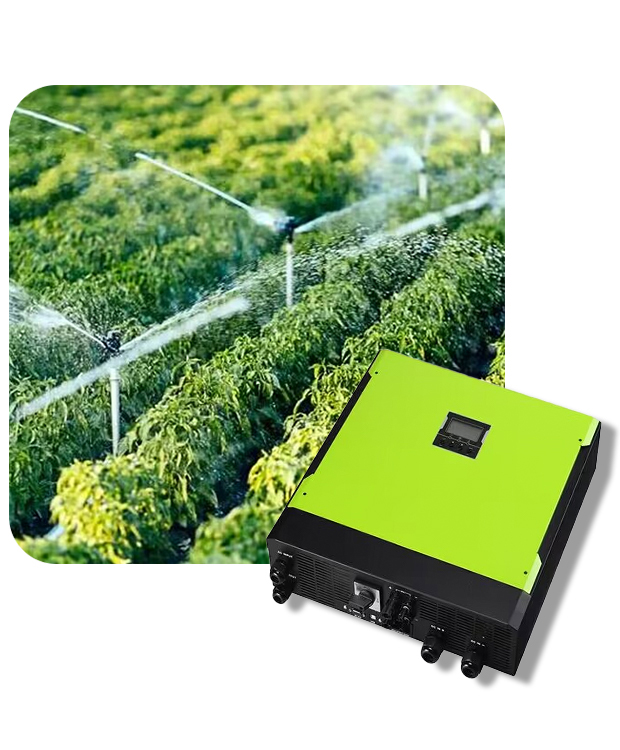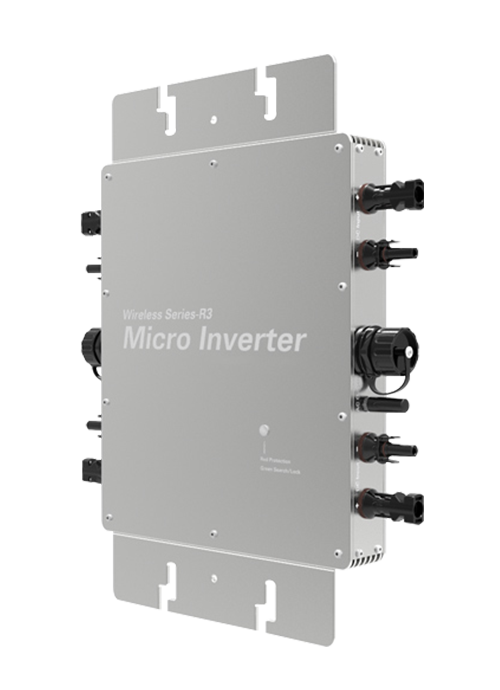In terms of solar inverters, EnterSolar has advanced manufacturing and innovation capabilities. Our company's photovoltaics inverter products involve micro inverters, hybrid inverters, on grid inverter and off grid inverter while providing customers with customized services.
Types of Solar Inverter
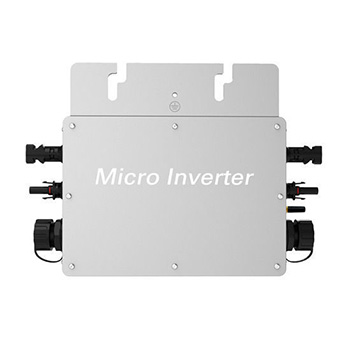
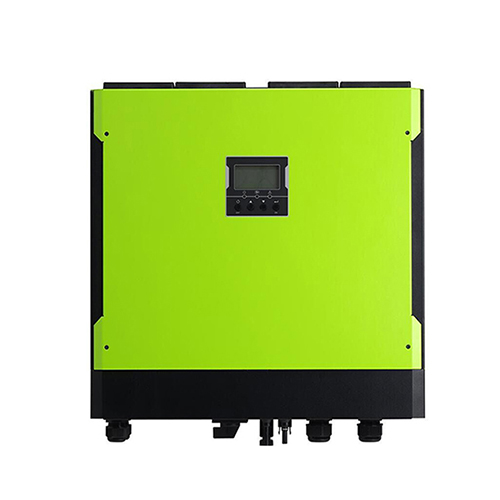
Hybrid Inverter
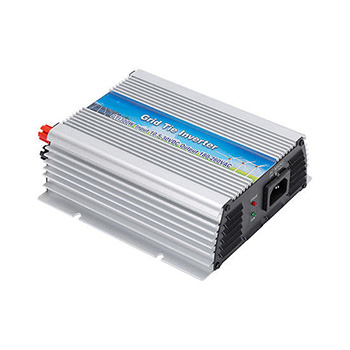
On Grid Inverter
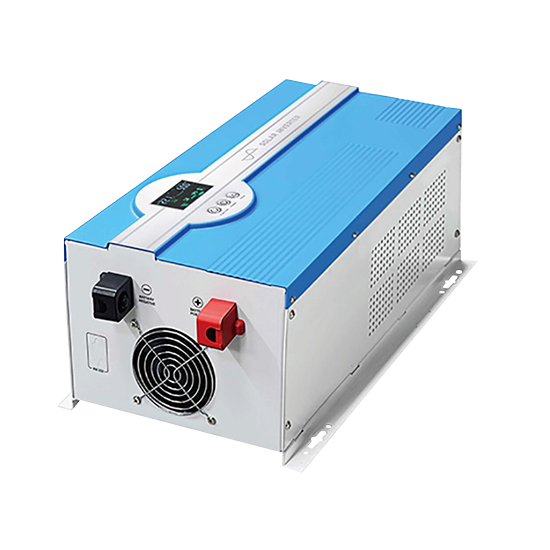
Off Grid Inverter
Home Appliances
Many homes have electrical equipment that requires the use of AC power. PV inverters usually convert DC power directly into AC power, and then power the equipment to ensure the normal power needs of the home. There are many household devices that can be affected by solar inverters. Appliances that can be used include desk lamps, fans, computers, rice cookers, TVs, refrigerators, washing machines, air conditioners, soy milk machines, electric kettles, ovens, projectors, hair dryers, induction cookers, etc.
Agricultural Area
Irrigation is a particularly important task in the agricultural industry, especially in arid areas where water resources are relatively limited. However, coupled with the high light intensity and time in arid climates, it is suitable to use solar power generation systems for efficient irrigation. Rural areas often have unstable power supply. PV inverters can convert renewable energy sources such as solar energy and wind energy into AC power, which can be supplied to agricultural facilities such as farmland irrigation systems and breeding equipment.

